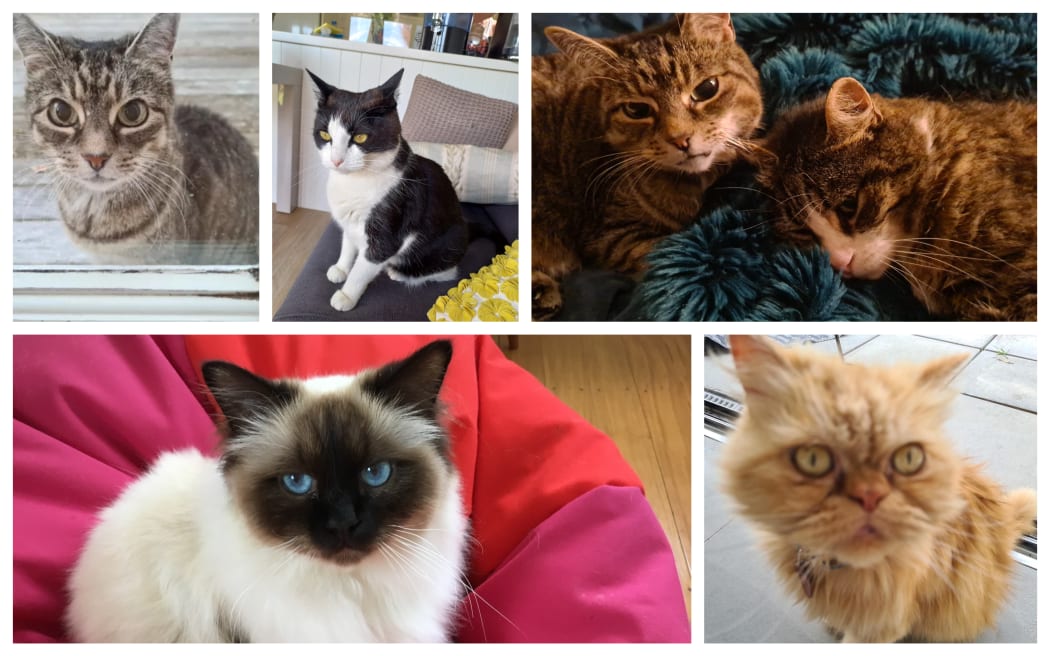It is kitten season at the moment. So, if you're thinking about getting a cat, now is a good time, animal shelters are full of them.
Dr Kat Littlewood, lecturer in animal welfare at the School of Veterinary Science at Massey University and a cat lover herself, joined Kathryn Ryan to answer listener questions and talk all things feline.

Photo: supplied
Cats are often misunderstood as companion animals, she says.
"Most people see them as the easy option. They're independent, you don't need to entertain them, they wander outside, and then they can entertain themselves.
“But they can live for quite a while, they're quite a big commitment. They also have very close bonds that they form with each other. They're not anti-social animals, like most people think, they're what we call semi-social animals,” she says.
Nor are they nocturnal, she says.
“Cats what we call crepuscular, so they're not nocturnal, particularly our domestic cats. So crepuscular means they're active at dawn and dusk.
“A lot of people will keep them indoors at night in the hopes of preventing them wandering. But unfortunately, if you do that, you're actually leaving them out at dawn when they're most active, and then locking them up after dusk when they've already had the most active time.”
Cats do like company, and if you are planning on more than one it’s best to do it in one go, she says.
“We know that cats form really tight social groups. So if you think maybe you might get another cat later on, it's probably a good idea to get them both at the same time.
“You can get them from the same litter, because they're more likely to get along and be friends. And you're less likely to have behavioural issues, fighting in your house, sometimes urination in your house when they're not getting along so well.”
There aren’t huge differences in behaviour between different breeds, she says.
“We’ve got our breeds that are a little bit louder, we've got breeds that might be more likely to wander.
“But really, a lot of that depends on the individual cat because they're still individuals, they have these breed dispositions or things they might be more likely to do because of their breed.
“But they're still individual animals, and they all have their own little personalities”.
Care should be taken when introducing a new cat to busy households with children, she says.
“Most adults really struggle to read cat body language. And it's a bit much to expect kids to be able to do that as well.
“There are books available to help if you've got a new baby on the way for example, and you've already got a cat in the household.
“It gets that gets the animals used to those weird baby sounds and screams and things that might be happening, so you can start to use that and introduce those sounds maybe with some treats, get them used to it to it's not a negative situation for that animal.”
If children precede the cat then move slowly, she says.
“If you already have young children introducing slowly, introduce some smells of the of the baby, introduce the cat really slowly and always making sure that that cat has the opportunity to avoid or hide from that situation because we don't want to force them to have these interactions.”
Keeping cats contained to a section is possible, she says, there are products for example that prevent them scaling fences.
“Basically, these rollers that you can put on top of your fence that that mean that the cat just can't get a grasp to get over.”
‘Catios’ are increasing popular too, she says, which are large enclosed patio areas just for the cat similar to giant rabbit hutches.”

